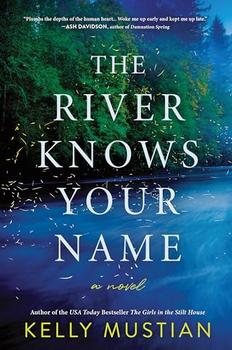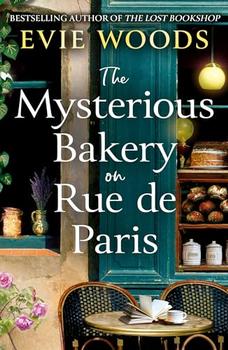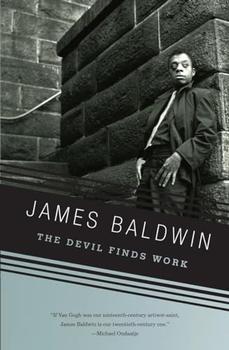Summary | Excerpt | Reading Guide | Reviews | Beyond the book | Read-Alikes | Genres & Themes | Author Bio

Mr. Mac and Me is the story of an unlikely friendship, and a vivid portrait of one of the most brilliant and misunderstood artists of his generation.
1914. Thomas Maggs is thirteen and lives with his parents and sister at the Blue Anchor pub, in the village of Dunwich on the Suffolk coast. Born in winter while the sea stormed, Thomas is the youngest child, and the only son surviving. In Dunwich, life is quiet and shaped by the seasons: fishing and farming, the summer visitors, and the girls who come down from the Highlands to gut and pack the herring. Thomas visits his brothers' grave in the churchyard, sketches the boats from the harbor, and longs for adventure - a chance to go to sea.
Then one day a mysterious Scotsman and his red-haired wife arrive in the village. The man's name is Charles Rennie Mackintosh, but the locals are soon calling him Mac. Mac and his wife are both artists, regarded as eccentrics in town, but a source of wonder and fascination for Thomas.
Yet just as Thomas and Mac's friendship begins to bloom, war with Germany is declared. The summer guests flee, replaced by regiments of soldiers on their way to Belgium. And as the war weighs increasingly heavily on the community, the villagers on the home front become increasingly suspicious of Mac and his curious behavior.
Mr. Mac and Me is the story of an unlikely friendship, and a vivid portrait of one of the most brilliant and misunderstood artists of his generation.
Esther Freud concentrates a whole range of wartime experiences and emotions – fear, courage, and doubts – into this one village, and one young man trying to make his way. Tommy is a gently companionable narrator, and through him readers get what feels like a privileged glimpse into the life of a historical figure. Freud sets up an especially good contrast between the idyllic beauty of an English village and the perils of wartime. What with the centenary of World War I, the time is right for reading books set in the 1910s. Although Mr. Mac and Me is set during the war, it is a distinctly offbeat selection, more about family relationships and unlikely friendships than it is about the actual conflict...continued
Full Review
(699 words)
This review is available to non-members for a limited time. For full access,
become a member today.
(Reviewed by Rebecca Foster).
 Mackintosh (1868–1928), one of the central characters in Esther Freud's Mr. Mac and Me, was one of 11 children born to a police superintendent and his wife in Glasgow, Scotland. Early on he showed promise as an architect, winning the 1890 Alexander Thomson Traveling Studentship, which funded his travel around Europe to study classic architecture. He joined the Honeyman & Keppie architectural practice and began his first project, designing the Glasgow Herald Building (now The Lighthouse, Scotland's Center for Architecture, Design and the City). Although he made partner in 1904, he left to set up his own practice in 1913.
Mackintosh (1868–1928), one of the central characters in Esther Freud's Mr. Mac and Me, was one of 11 children born to a police superintendent and his wife in Glasgow, Scotland. Early on he showed promise as an architect, winning the 1890 Alexander Thomson Traveling Studentship, which funded his travel around Europe to study classic architecture. He joined the Honeyman & Keppie architectural practice and began his first project, designing the Glasgow Herald Building (now The Lighthouse, Scotland's Center for Architecture, Design and the City). Although he made partner in 1904, he left to set up his own practice in 1913.
In 1892 Mackintosh met his future wife, Margaret, during evening classes at the Glasgow School of Art. She, ...
This "beyond the book" feature is available to non-members for a limited time. Join today for full access.

If you liked Mr. Mac and Me, try these:

by Romain Gary, Miranda Richmond Mouillot
Published 2019
Romain Gary's bittersweet final masterpiece, a novel of courage and resistance - never before in English.

by Anthony Doerr
Published 2017
A stunningly ambitious and beautiful novel about a blind French girl and a German boy whose paths collide in occupied France as both try to survive the devastation of World War II. Winner of the 2014 BookBrowse Award for Fiction.



If passion drives you, let reason hold the reins
Click Here to find out who said this, as well as discovering other famous literary quotes!